AO Edited
Glasgow Hunterian Museum
A 200-year-old collection of oddities and medical paraphernalia.
An extensive and eclectic collection of natural history specimens, ethnographic artifacts, and zoological items along with a plethora of miscellaneous oddities, the Hunterian Museum in Glasgow is the oldest public museum in Scotland, and the brother to the famous Hunterian Museum in London. The Glasgow museum was founded and built on the collections of 17th century physician, anatomist, and oddities collector William Hunter, the older brother of the physician, anatomist, and oddities collector John Hunter, of the London collection.
Professionally, Hunter focused on obstetrics. Working primarily in London, he acted as a midwife and made many improvements to medical care for pregnant women through his work and study. He became well known for his expertise and was named physician to Queen Charlotte in 1762.
While in France he observed the use of cadavers for the study of medicine through dissection, and he introduced the practice in Great Britain. He allegedly attracted students to his study by promising them their own cadaver, but left the dirty work of obtaining them to his younger brother, John. John was later accused of being complicit with “resurrection men”—grave robbers who sold bodies for medical study.
Along with a large and assorted collection of wet specimens, animal skeletons (including a Plesiosaur and a baby elephant), the museum houses a large collection of notable death masks. Cast within hours of death, the collection houses the faces of Sir Isaac Newton, Voltaire, Charles XII of Sweden (shot in the head in battle at the ripe old age of 36), and William Hunter himself, and others.
Not only is there a wing dedicated to Roman ruins discovered in and around The Antonine Wall, (proving that the Italian Legion made it further north into Scotland) but there is an entire floor dedicated to the various tools and instruments belong to graduates of Glasgow University, including; the mechanical engineer and chemist James Watt and the British surgeon Joseph Lister to name a few. Hidden among these many specimens and relics are a collection of fossils. One in particular is the Bearsden Shark. This particular item has the distinct honor of not only being the best preserved of this species that lived over 300 million years ago, but it also shows the contents of it’s last meal.
William Hunter was also an avid coin collector, and the collection at the Hunterian is considered one of the finest in the world.
In 1770 he retired to Glasgow, building himself a large home designed to accommodate his collections and his studies. Upon his death in 1783, he bequeathed his large and varied collection to the University of Glasgow, forming the foundation of the collection housed there today.
The collections are divided into several buildings, with Hunter’s collection residing in two primary locations: The Hunterian Museum, located in University buildings on Gilmorehill, and the Zoology Museum within the Graham Kerr building. There is also an Anatomical collection, open by appointment only.
Know Before You Go
Follow local signage at University. Underground station, Hillhead. Buses, Nos. 44, 44A, from the city centre to University Avenue. Telephone 0141 330 4221

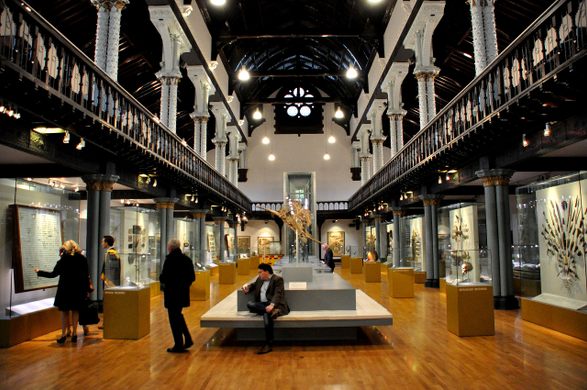


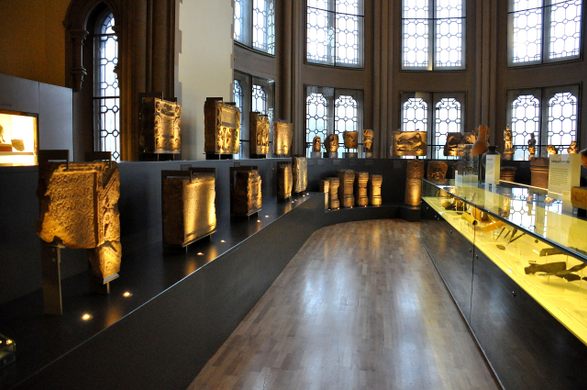


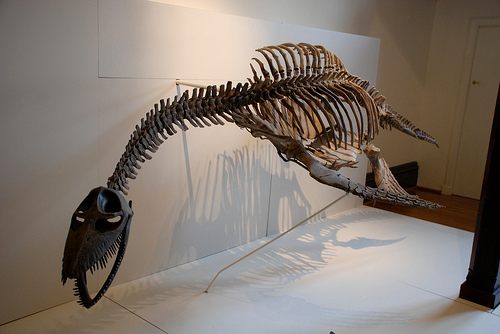


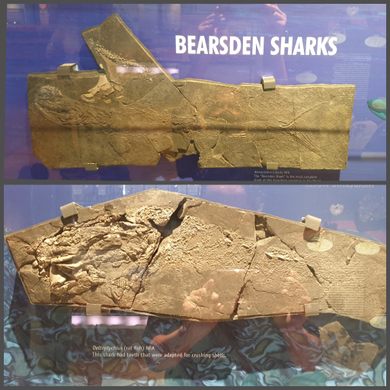
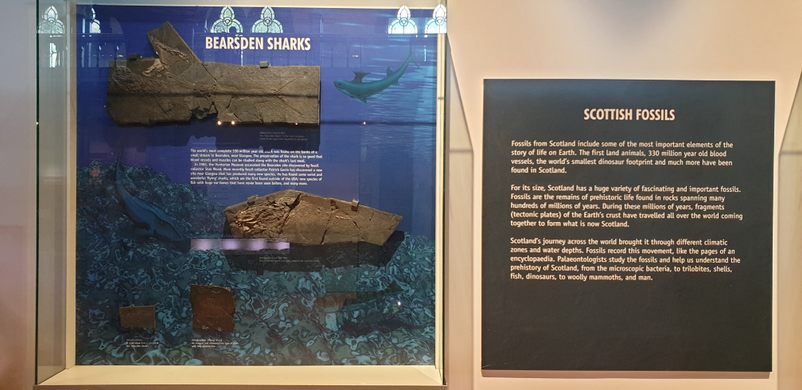

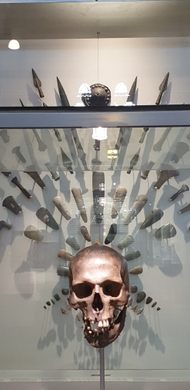
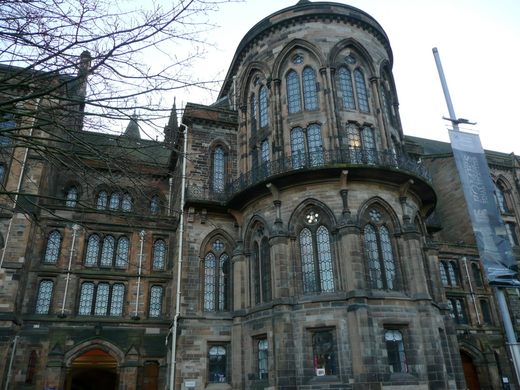

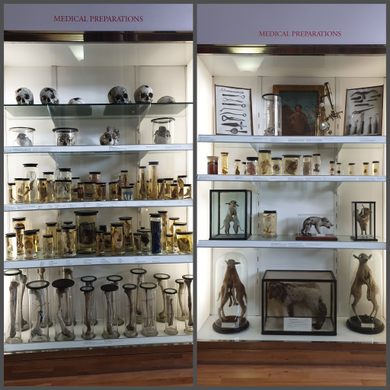












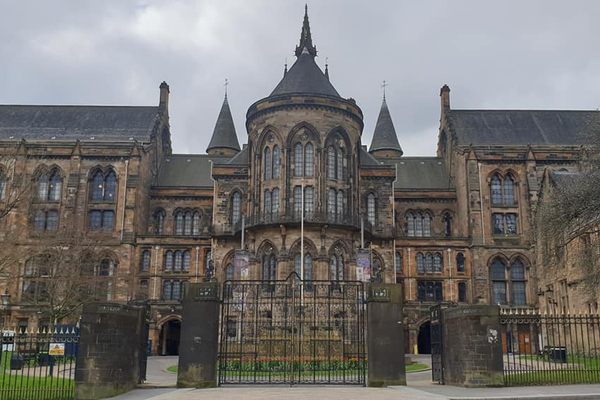


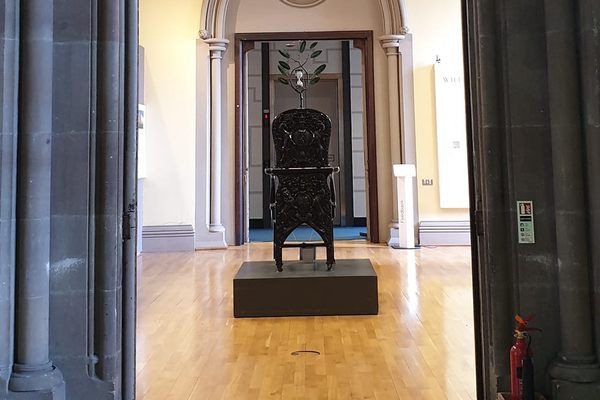





Follow us on Twitter to get the latest on the world's hidden wonders.
Like us on Facebook to get the latest on the world's hidden wonders.
Follow us on Twitter Like us on Facebook